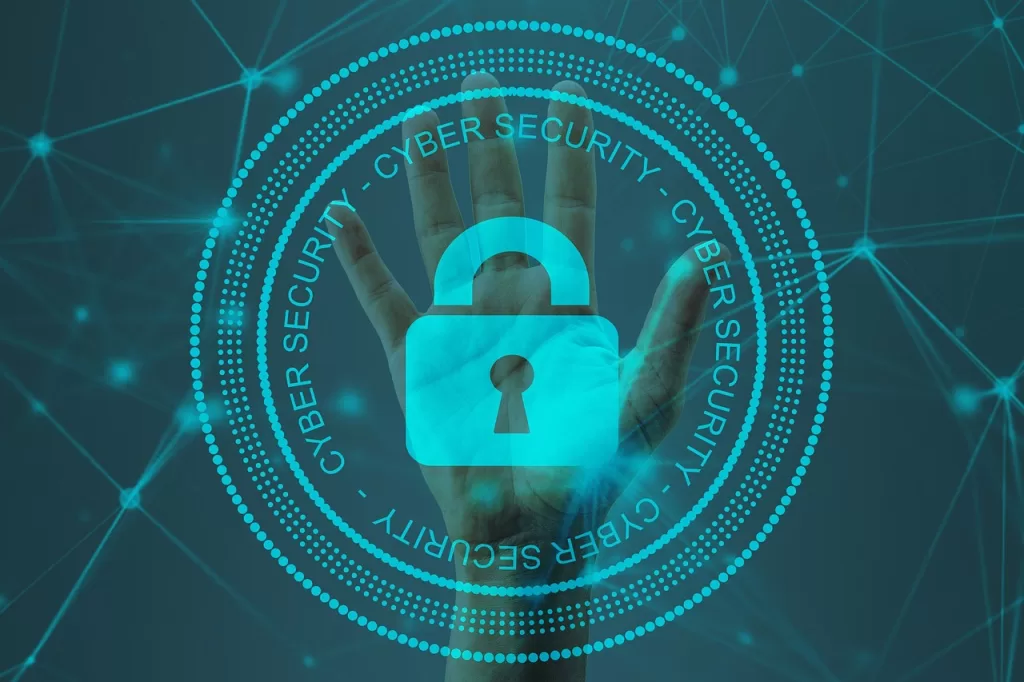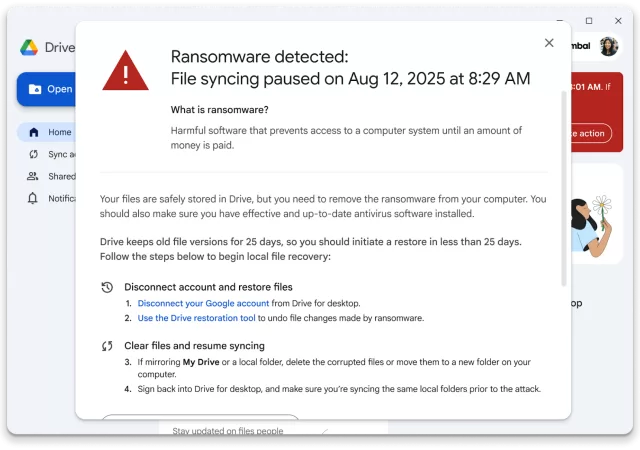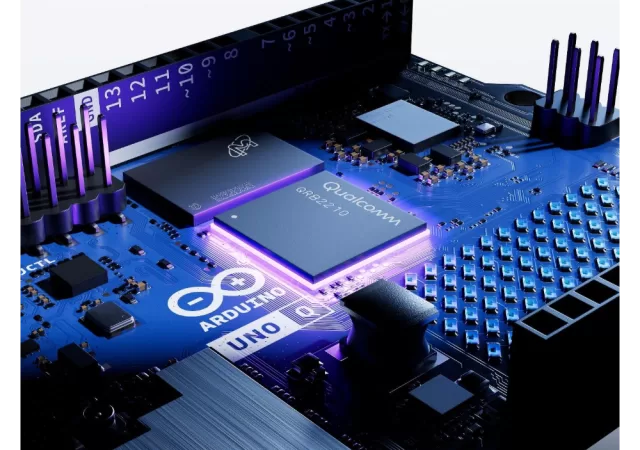This article was based on an interview with Mr Ramon Pinero, General Manager of BlackBerry AtHoc, and Mr Jonathan Jackson, Senior Director of Strategic Accounts at BlackBerry.
As digital ecosystems grow more complex, the need for robust cybersecurity measures becomes critical. BlackBerry, having transitioned from mobile devices to cybersecurity, is now one of the foremost companies leading the charge in safeguarding critical infrastructure, supply chains, and digital assets through emerging technologies like artificial intelligence (AI) and machine learning (ML). With cyberattacks growing in sophistication, BlackBerry’s focus on prevention and vigilance sets a new standard in cyber resilience.
The Financial Impact of Cyberattacks
The cost of a cyberattack is staggering. A 2024 study from BlackBerry revealed that the average cost of a single data breach has risen to USD 4.45 million. For industries such as healthcare, finance, and energy—where attacks can disrupt critical services—the cost can soar even higher. Beyond immediate financial losses, cyberattacks can damage reputations, erode customer trust, and lead to legal penalties or regulatory fines.

In particular, ransomware attacks—one of the most prevalent threats—cost companies over USD 1.85 million per incident when factoring in downtime, recovery, and ransom payments. These costs are unsustainable for many organizations, especially smaller businesses. In the words of Ramon Pinero, General Manager of BlackBerry AtHoc, “If we can prevent attacks from happening, it means that organizations don’t have to spend time and resources recovering from incidents.”
The Rise in Cyber Threats: A Call for Vigilance
BlackBerry’s Global Threat Intelligence Report highlights a surge in cyberattacks. Between April and June 2024, the company prevented 3.7 million attacks— a 53% increase from the previous quarter. Over 800,000 of these attacks targeted critical infrastructure, including the financial sector, energy grids, and healthcare. This increase undoubtedly underlines the importance of continuous vigilance across all sectors.
Prevention Through Proactive AI Solutions
Prevention should be at the core of any company, organization and city’s strategy in dealing with malicious attacks. That being the case, it’s also at the core of BlackBerry’s strategy when it comes to empowering customers. By embedding AI into its cybersecurity solutions, the company is emphasizing deterring cyberattacks before they cause damage. By acquiring Cylance, BlackBerry was able to incorporate predictive AI technology into its security systems, allowing it to proactively prevent cyberattacks instead of just reacting to them.

BlackBerry’s AI-powered defence mechanisms are particularly effective in securing critical infrastructure and supply chains. According to the Global Threat Intelligence Report, the company intercepts over 11,500 unique malware hashes daily, highlighting the pace at which new cyber threats emerge.
Supply Chain Security: A Critical Weakness
One of the most significant risks today lies in the vulnerability of software supply chains. BlackBerry’s June 2024 survey on supply chain cybersecurity reveals that more than 75% of software supply chains experienced cyberattacks within the past year. These attacks often target smaller, less secure suppliers as entry points to larger organizations, causing a cascade of damage.
Of concern is that 74% of these attacks originated from third-party vendors or suppliers that organizations were either unaware of or failed to monitor. As BlackBerry’s Vice President of Product Security Christine Gadsby noted, “How a company monitors and manages cybersecurity in their software supply chain has to rely on more than just trust.” In this landscape, prevention demands heightened visibility, continuous monitoring, and regular audits of suppliers’ security postures.
The Role of Managed Detection and Response (MDR)
For organizations without dedicated cybersecurity teams, BlackBerry’s Cylance Managed Detection and Response (MDR) provides critical support. The service offers real-time monitoring and rapid response to emerging threats, ensuring that businesses, especially smaller ones, are not left vulnerable.
According to Jonathan Jackson, Senior Director of Strategic Accounts at BlackBerry, “BlackBerry offers MDR because not every organization can afford a fully staffed cybersecurity team,”. MDR enables companies to utilize sophisticated threat detection tools and professional analysis, allowing them to stay ahead of cybersecurity risks even without an extensive cybersecurity outfit.
Zero Trust for Critical Infrastructure
A zero-trust approach has become essential for protecting critical infrastructure. BlackBerry’s security solutions implement zero-trust architectures, where no device, user, or system is inherently trusted. This model is crucial for sectors like healthcare, finance, and energy, where the stakes are high, and breaches could lead to widespread disruptions.

“Zero trust is especially important for critical infrastructure because of the types of data and assets involved,” Jackson emphasized. By enforcing strict authentication protocols and continuous monitoring, BlackBerry’s solutions protect critical systems from both internal and external threats.
Resilience for Smart Cities and IoT
As cities become smarter, integrating Internet of Things (IoT) devices into their infrastructure, they become prime targets for cyberattacks. With IoT traffic systems, smart utilities, and public services forming the backbone of modern cities, a single cyberattack could cripple entire urban centres.
Companies like BlackBerry will play a critical role in safeguarding these environments, ensuring that IoT systems are secured and cyber-resilient. “As you have more connected systems, you increase the attack surface,” Jackson explains. AI-driven threat detection and real-time monitoring are vital to ensure that smart cities remain functional despite cheap to cyber threats.
Cyber Resilience Through Prevention
As the cyber threat landscape evolves, prevention and vigilance remain the twin pillars of a robust cybersecurity strategy. Whether protecting supply chains, critical infrastructure, or smart cities, solutions like BlackBerry’s Cylance AI offer a blueprint for building resilience in the face of increasingly sophisticated cyberattacks.

By staying proactive, monitoring vulnerabilities, and implementing zero-trust architectures, organisations can prevent breaches before they occur. As BlackBerry’s research shows, the key to true cyber resilience lies in constant vigilance and a commitment to prevention—because in today’s world, one breach could mean the difference between success and disaster.
This article was written based on an interview session with Mr Ramon Pinero, General Manager of BlackBerry AtHoc and Mr Jonathan Jackson Senior Director of Strategic Accounts at BlackBerry.

Ramon Pinero
General Manager BlackBerry AtHoc
Ramon Pinero is the General Manager of BlackBerry AtHoc, where he oversees all aspects of the critical event management business. With more than 20 years of experience in crisis/emergency management (CEM) technologies, Ramon brings a deep understanding of both product development and customer success.
With a passion for technology and deep roots in emergency response, Ramon continues to advance BlackBerry AtHoc’s position as the market leader. He is focused on driving strategy, fostering innovation, and enabling AtHoc’s technology to make an even greater impact—helping more organizations increase their resiliency and save lives through fast, accurate communications before, during, and after critical situations.

Jonathan Jackson
Senior Director, Strategic Technical Sales APAC at BlackBerry
Jonathan Jackson (JJ) is the Senior Director, Strategic Technical Sales APAC for BlackBerry. With over 20 years of experience, he helps organisations manage their cyber risk, leveraging the best of breed solutions to stop cyber attacks. JJ is a staunch advocate of protecting data and privacy and is a frequent spokesperson on cyber threat intelligence in Australia and all across APAC.





